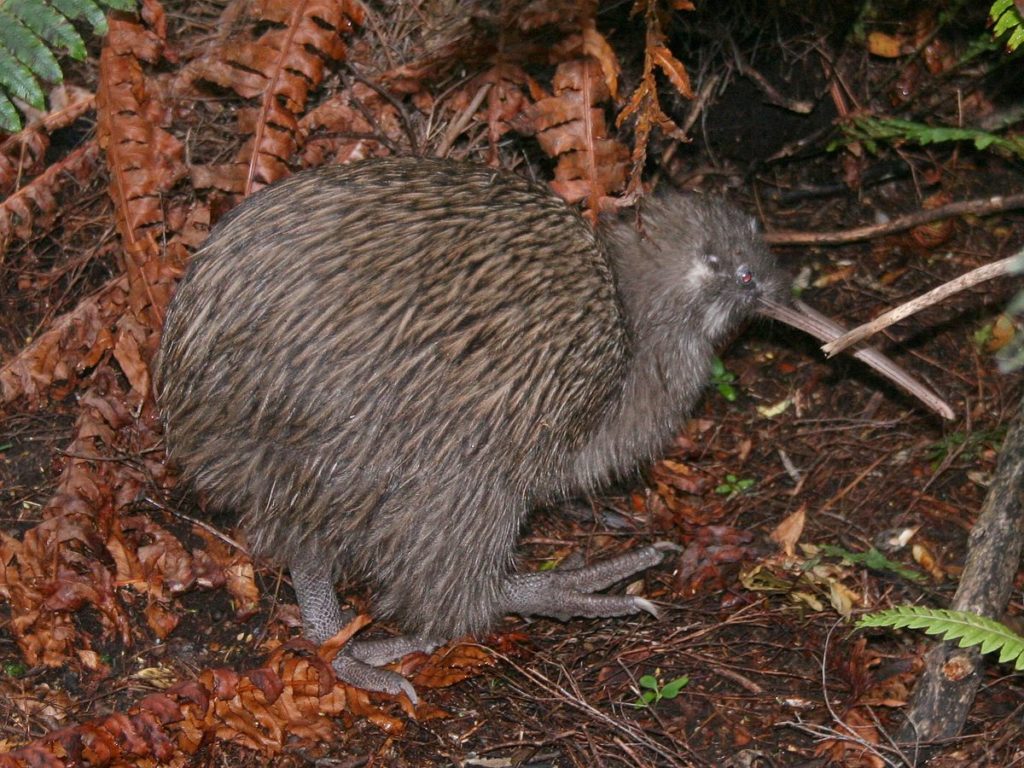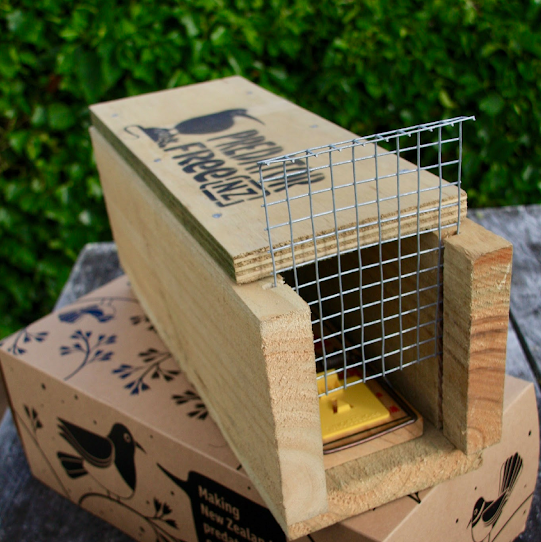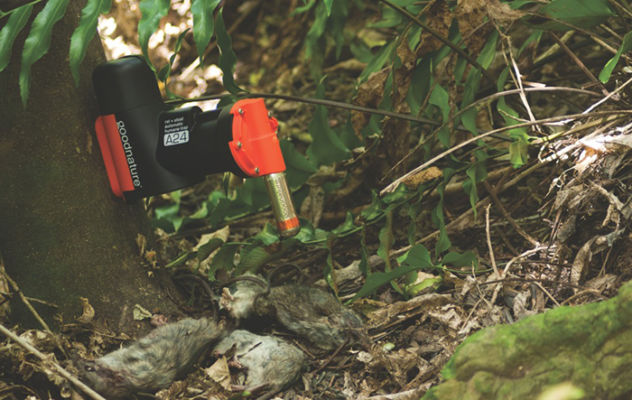ON THIS PAGE
Trapping rats in the bush
The type of trap you choose will depend on your budget and the amount of time you have to check them. If rat numbers are high, trapping may be a time-consuming and ineffective method and you may need to use bait stations for the initial ‘knockdown’ period.
Modifications to traps might be required if kiwi, weka or other non-target species are present. Make sure you also have permission to trap on the land (e.g. from private landowners, iwi, DOC or your local council, depending on the target area).
Always wear gloves when handling rats and rat traps as their urine carries the disease leptospirosis.

Where to put your traps
Place the trap where rats have the greatest possible chance of encountering it. Keep an eye out for things that may attract them, such as an individual tree in the bush that is seeding or fruiting. Other hotspots include tracks, bridges and culverts.

According to DOC, the Norway rat’s home range is generally 0.8 – 21 hectares and the ship rat’s home range is just 0.3 – 11.4 hectares. The distances can vary depending on habitat and food availability. Rat numbers tend to increase rapidly in autumn, when seed is abundant.
Rats that are spread out through vast tracts of native forest are best dealt with as a density per hectare, with even spacing to ensure you have traps inside every territory.
Place traplines in a grid pattern, with spacing between lines no more than 100m apart. Place traps 50m apart (or 25m apart in high-density areas), and 25m apart along perimeters. Place along ridges and spurs in rough terrain. Plot your traplines before heading out and consider ease of access.
Place traps inside tunnels. Put a number on each trap and keep track of how many you’ve set, when and where by using GPS or mark on a map. Place markers and/or flagging tape on traplines. Mark and measure the distance between traplines as accurately as possible with a compass and hip chain. For more information, see how to set traplines.
You can combine traplines to target more than one predator type by laying out your rat traps first, then plotting along the same traplines based on recommended spacing (see how to target possums in the bush, target ferrets, stoats and weasels in the bush).
What traps to use
Victor Professional rat trap in a tunnel
This is an affordable and effective snap trap. You can buy them from our online shop.
Read our instructions on setting up, baiting and checking the Victor trap. Victor traps should be placed inside tunnels.
A24 self-resetting rat trap
This is a more expensive option, but is easier to use and requires fewer checks. You can buy them from our online shop.
Read our instructions on setting up, baiting and checking the A24.
If you are trapping stoats as well as rats, the DOC 200 is another good option.
What bait or lure to use
Peanut butter is always a popular option, but don’t forget to mix it up and try other things. DOC also recommends chocolate, Connovation Ferafeed peanut butter mixed with rolled oats, Goodnature rat lure, and Mustelid and Rat Lure from Traps.co.nz


Bait stations for rats
Bait stations can save time, money and resources over large areas where rat numbers are high. Toxic baits can be an effective knockdown tool to begin with, followed by trapping to keep numbers down. It is recommended that you alternate baiting with trapping for ongoing control over large areas.
All tools have their advantages, limitations and risks. Overusing the same tool can lead to it becoming ineffective. Baits can also pose a risk to dogs, livestock, and other non-target species. Bait stations should always be clearly signposted and any neighbouring properties should be notified that toxic baits are in use. Prolonged use of toxic baits also affects the environment.
If you’re new to bait stations, read our introduction to bait stations which includes an overview and safety advice.
Which toxic baits to use and when
Read our section on bait stations for targeting rats, which includes a list of baits commonly used by community groups. Unlike 1080 or cyanide, these toxins don’t require a Controlled Substance Licence (CSL) but they do need to be contained in lockable bait stations.
For definitions and explanations of first vs. second generation and single feed vs. multi feed, read our introduction to bait stations.
Where to put your bait stations
Place them in a grid pattern as closely as possible, with 100m or less between lines and 50m or less between stations. On difficult terrain set lines down ridges and spurs, and along contours, to achieve the necessary spacing.
How to monitor results
To gauge the success of your rat control:
- use tracking tunnels or chew cards before and after the control programme.
- record the number of rats trapped and/or the amount of bait taken.
- keep track of signs that rats have been browsing on native fruits such as kohekohe, karaka, taraire and tawa to determine if your native forest is recovering.
- doing regular Five Minute Bird Counts can help to monitor native bird population trends over time.
For more advice, read ‘Is your predator control working?’

